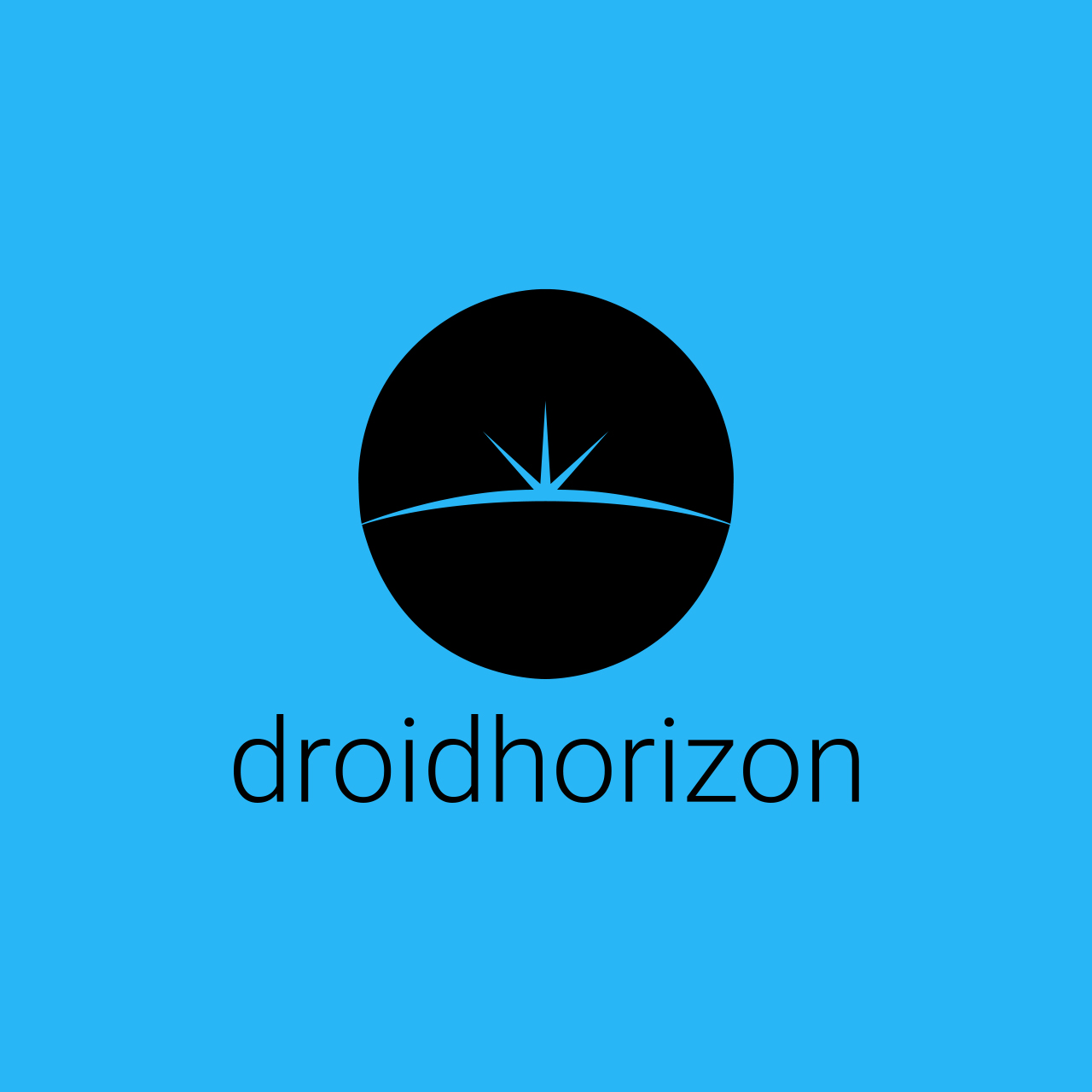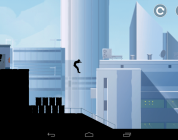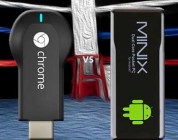
The vision for an Android-powered Internet of Things gets one step closer
The Internet of Things (IoT) is ready to open up a world of possibilities through connecting people, devices and cities; yet the underlying technology and platforms which thread it all together is still up in the air.
This isn’t to mention the well-trodden debate over standardisation, which continues apace. Elaine Cook, EMEA strategic marketing director for IoT at Intel, believes we will continue to see multiple standards, but it won’t necessarily hinder adoption, as it’s such a nascent market. One of these emerging standards is The Physical Web, a Google-led experimental effort at which the utopian core is for people “to walk up to any smart device and not have to download an app first.”
Now, Google is preparing to launch Brillo and Weave, two software products which power and allow Internet of Things devices. The trick here is that Brillo is based on Android, the world’s most widely used mobile OS.
Back in February 2014, InfoWorld ran an article entitled “Android will power the Internet of Things.” The author, Serdar Yegulalp, argues three key reasons why Android will make the IoT not just a reality, but a useful one: its ubiquity as a front end, meaning a full stack is there waiting to be used; its strong link to applications; and as a complement for Java, already advocated by Eclipse and Oracle among others. “The Internet of Things, as most of us will know it and experience it, will be a world of data connecting to, managed by, and created for Android,” Yegulalp wrote.
With Brillo, developed after Google’s $3.2 billion acquisition of Nest in 2014, this idea is moving one step closer to reality. At Google I/O, Google SVP Sundar Pichai stressed that this was ‘the lower layers’ of Android; a stripped down version of the OS which will power the likes of door locks and moisture sensors. Both Brillo and Weave are built around Android; Weave is the layer in between which allows the devices to talk to each other. The developer preview of Brillo is expected to be available in the third quarter of 2015.
There are still plenty of hurdles to clear. A recent developer survey from Harbor Research still saw Java (55%) as the best development platform for IoT, ahead of Android (29%) and Windows (24%). With security worries still a primary reason as to Android’s slow uptake as an enterprise OS, and with enterprise expected to be a key driver in IoT adoption, it’s little wonder Eugene Kaspersky recently told NBC News IoT stood for “internet of threats”.
But it’s very early days – and the possibilities are endless. The IoT Tech Expo will be discussing operating systems, development platforms and much more. You can find out more about this year’s show taking at the Olympia in London on 2-3 December here.






aemma
As a child actor, he was in Disney films The Mighty Ducks, D2: The Mighty Ducks, and First Kid. He was an independent candidate in the 2020 United States presidential election.
Brock Pierce Career Information
hassam
He is an American restaurateur, author, and television personality.
David Chang Personal Information